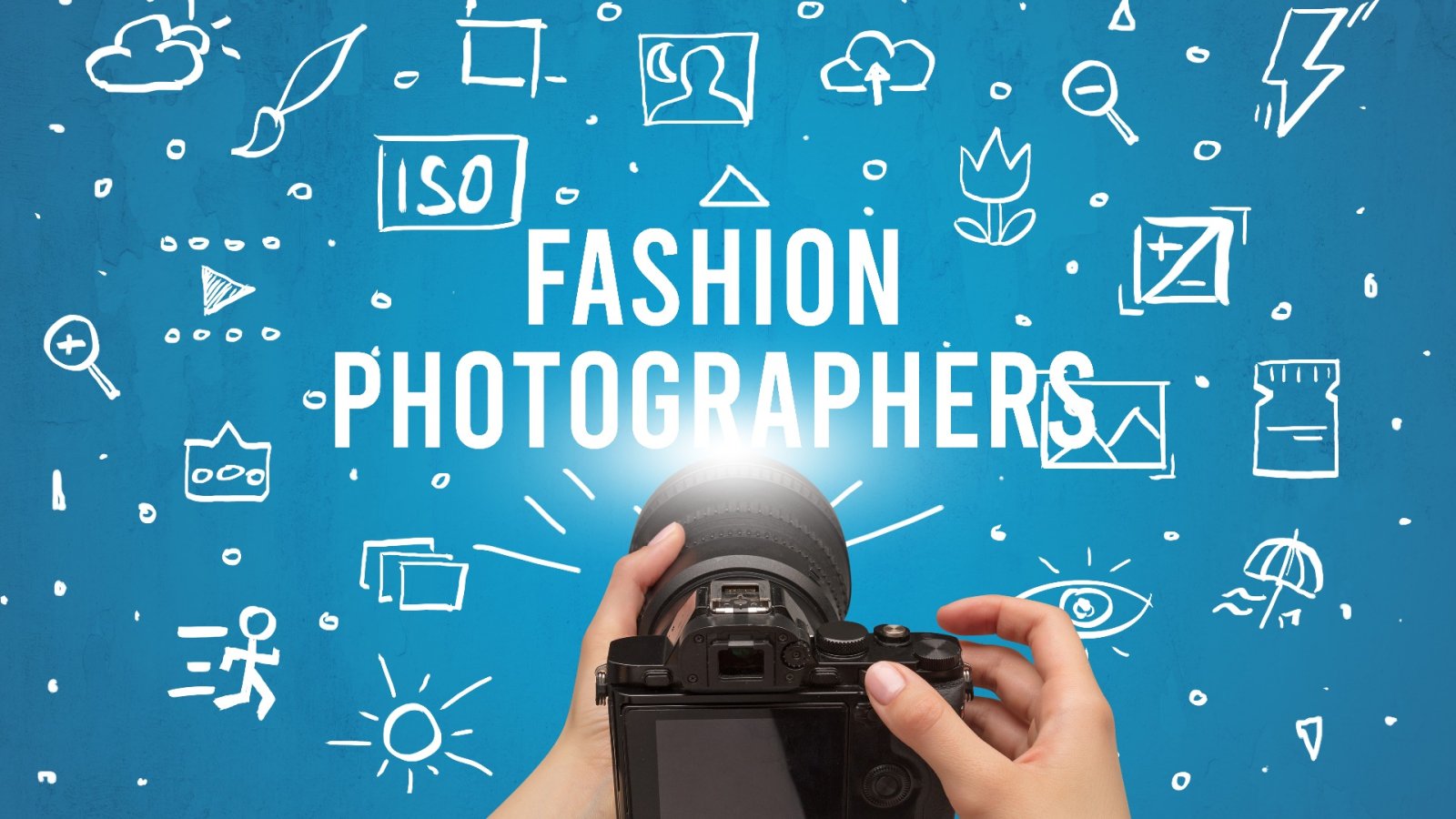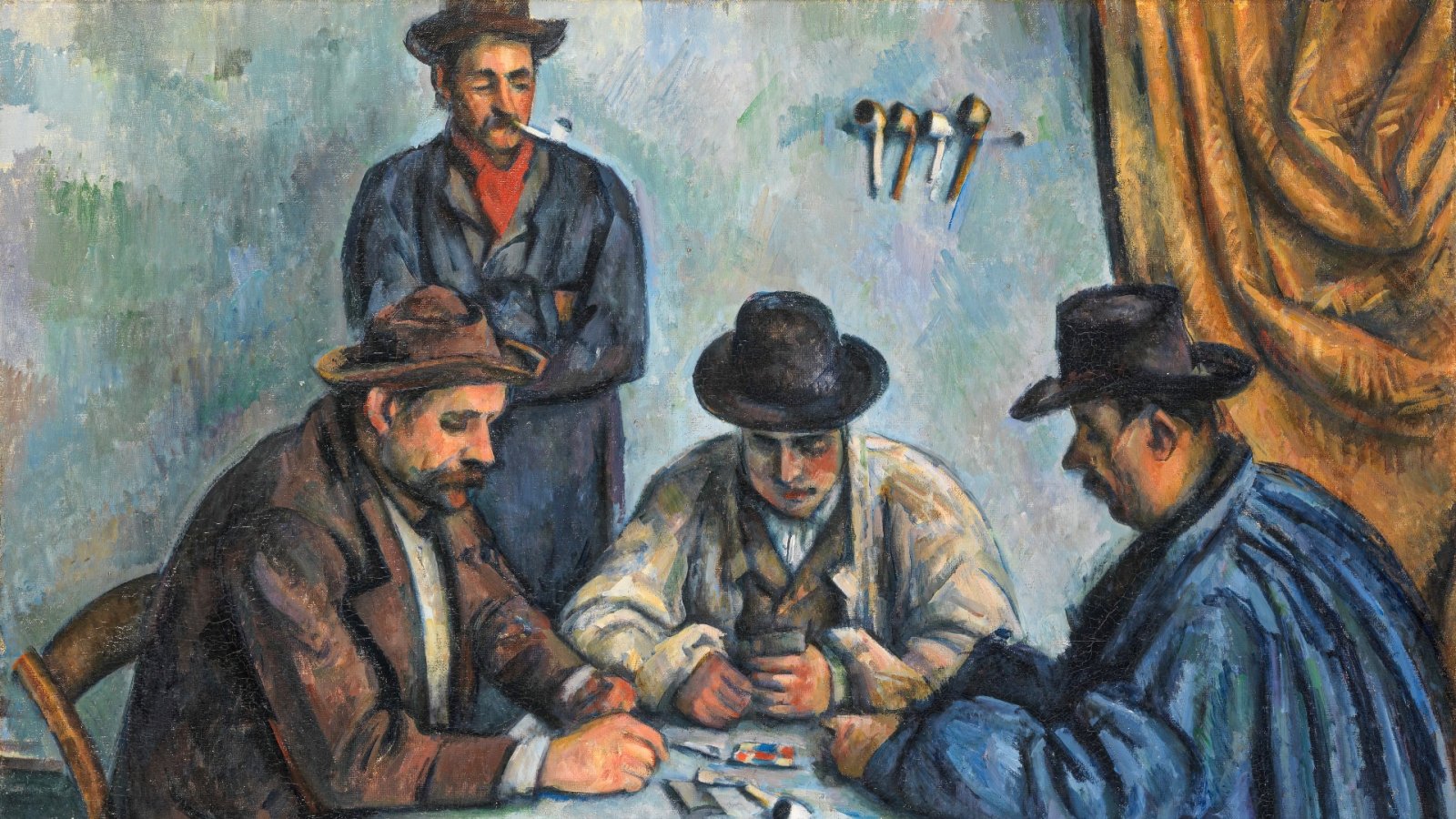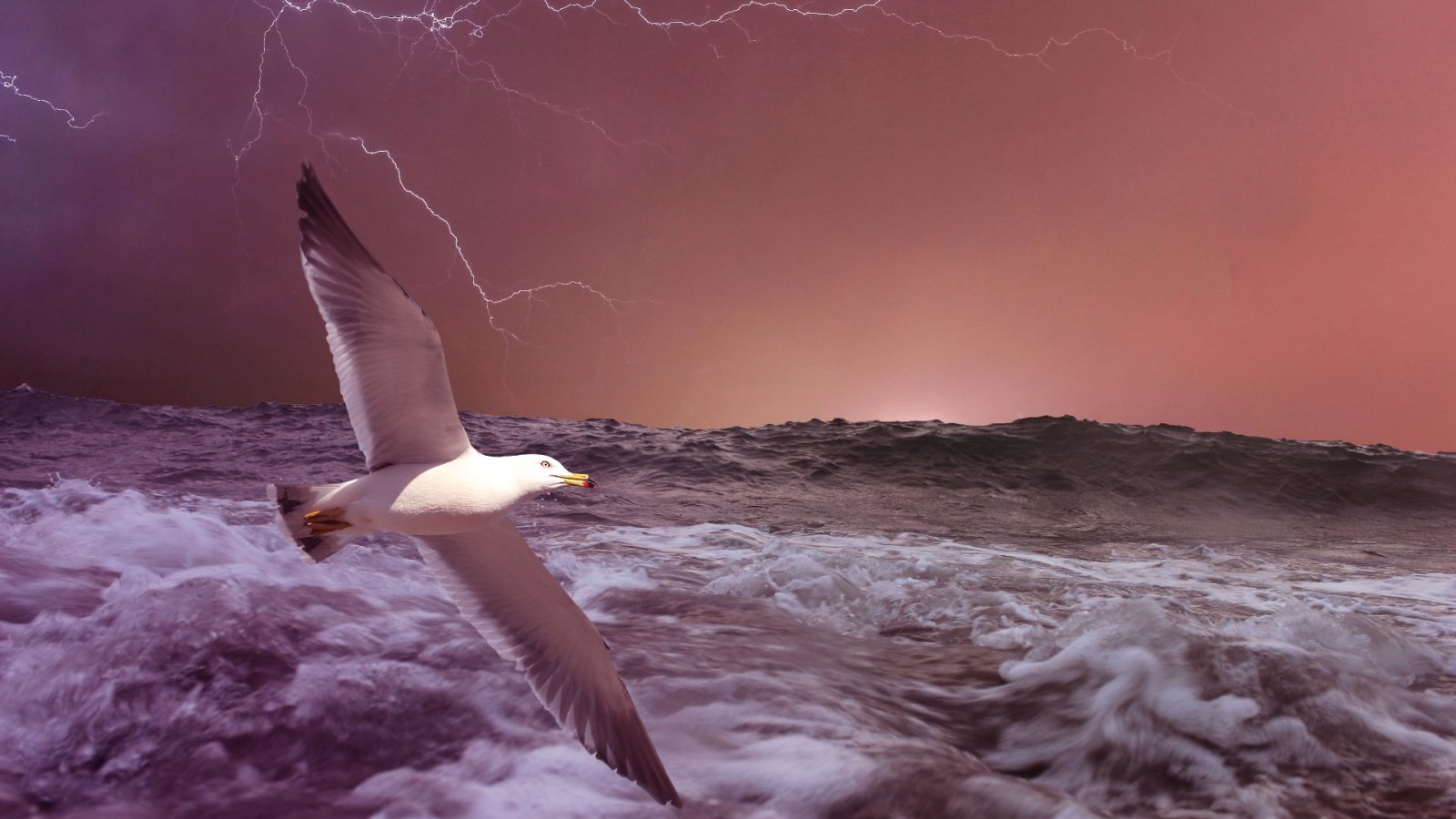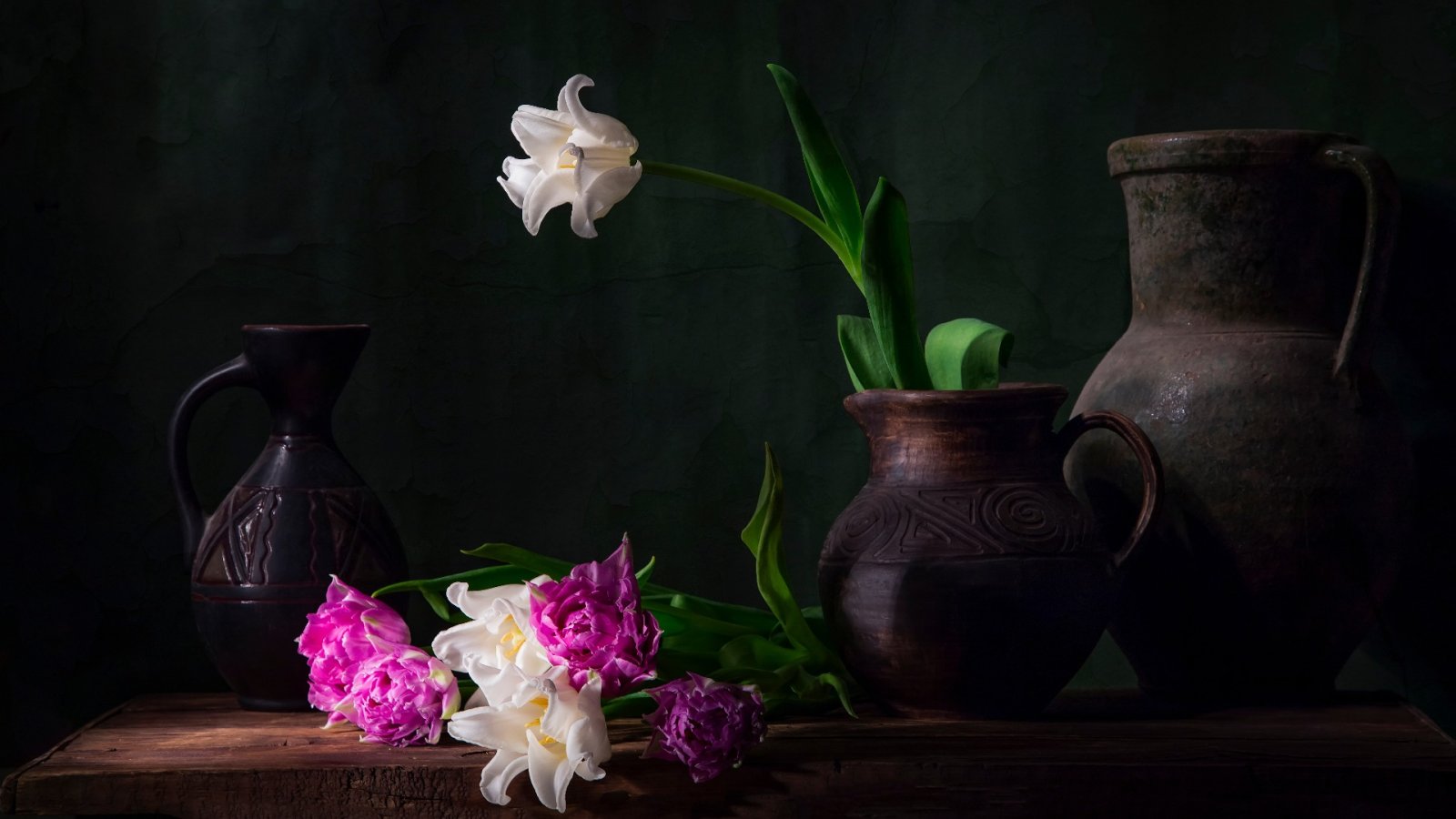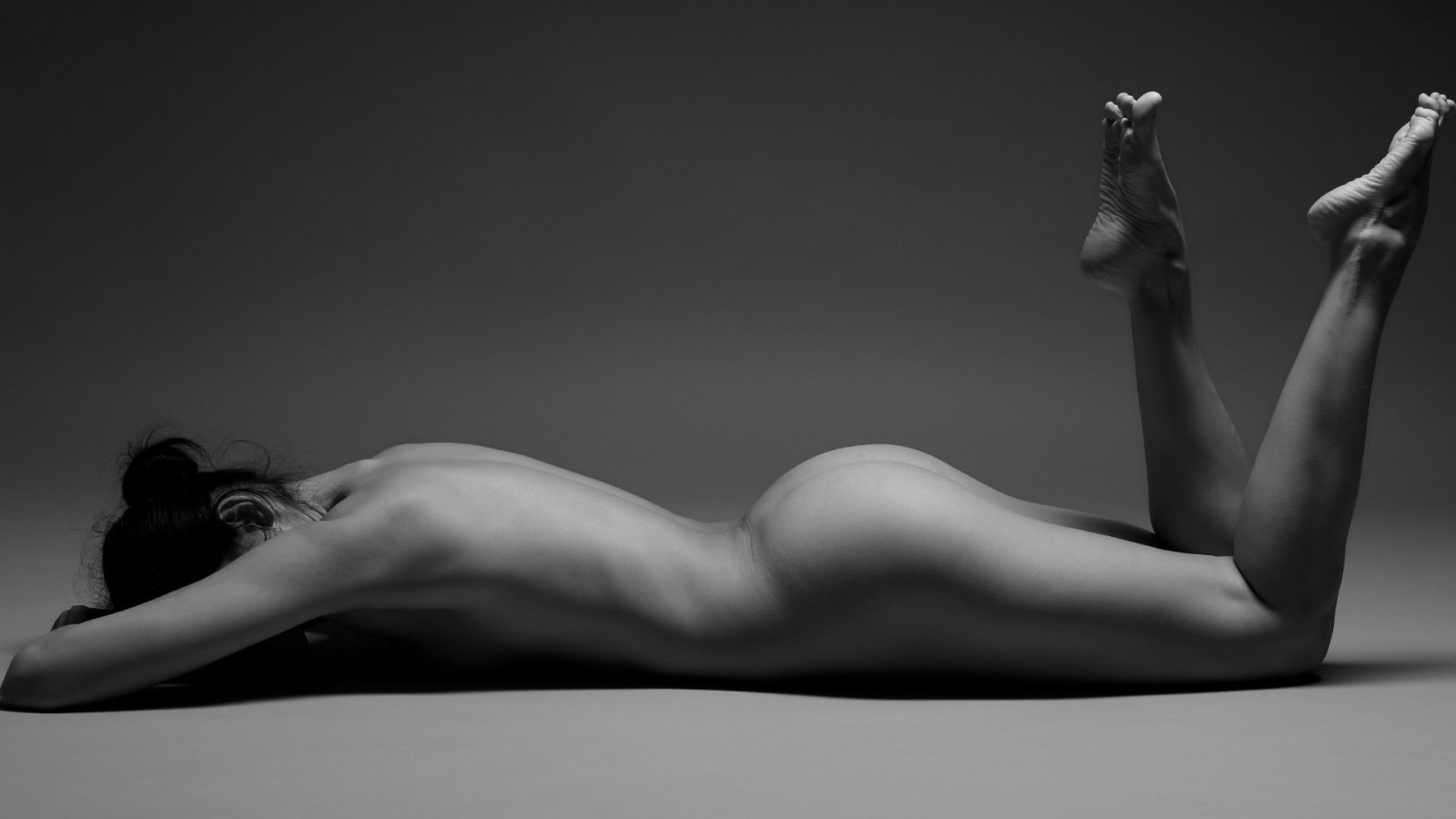Nude photography, a genre that emerged during the mid-nineteenth century, showcases the human body in its most virgin form, highlighting aesthetics, arrangement, and provocative emotions. This art form recreated a key role in setting photography as an admirable medium in the realm of fine art. As a matter of fact, it is essential to distinguish nude photography from erotic photography, although there has been a rare overlap between the two genres over time. While parts of sensuality may be present, the primary focus of fine art nude photography lies in artistic presentation rather than titillation, placing it apart from both glamorous or erotic photography, which aims to illustrate subjects in an inviting manner, and straightforward pornography, which solely aims to gratify viewers sexually without asserting any inherent artistic value.
Fine art photographs are different from other forms of photography in that they do not primarily serve journalistic, scientific, or practical goals. Among all mediums, the description of nudity continues to be a subject of controversy, especially within the realm of photography due to its inherent verisimilitude. Throughout art history, male nudity has been less dominant than their female counterparts, likely affected by the dominance of male artists. Consequently, male nudes are less often exhibited or published. However, the most controversial issue arises when children are involved as topics in nude photography.
So, if you're keen to discover a surprising collection of nude photos and learn a bit more about these artists - facing judgment in society - read on!
Eugene Durieu
Eugene Durieu was born in 1800 and he was a lawyer who ventured into the early days of photography - as a remarkable advocate and pioneer. Under the name Jean-Louis-Marie-Eugène Durieu, he achieved prominence for a series of studies he produced in Paris between 1853 and 1854, featuring nude figures. Teaming with his friend, the renowned French Romantic painter Eugène Delacroix, Durieu sought to provide artists with an inexpensive and convenient option to live models. Delacroix and numerous other painters honored Durieu's work, often incorporating sketches from his photographs when creating the poses of figures in their compositions. By associating Durieu's photographs with the pursuit and study of fine art, these pieces managed to exist with minimal censorship. As a result, viewers of these photos did not face the typical ostracization that endured during that era.
Larry Clark
Larry Clark is an American photographer and filmmaker, who entered the scene in the 1970s with his groundbreaking book titled "Tulsa." This collection of raw and gritty documentary photographs depicted teenagers involved in drug use, sexual encounters, and physical altercations. The book propelled Clark into the spotlight, and he continued to push boundaries through movies, showing unfiltered portraits of New York City teenagers. Clark's groundbreaking work not only gave rise to a new genre of biographical photography but also sparked massive controversy and requests for censorship. Throughout his career, Clark remained concentrated on delving into his unique experiences, vividly capturing themes such as drug addiction, the AIDS epidemic, suicide, abuse, and sexuality in his art.
Helmut Newton
Helmut Newton was a renowned German photographer born in 1920 who revolutionized the area of fashion photography. Although originally hired by French Vogue in the 1950s, it wasn't until the 1970s that his work gained considerable credit. During this period, Newton became acknowledged for his controversial images of fashion models in highly sexualized positions and pieces. Newton's unusual style involved capturing beautiful and empowered women as his subjects, resulting in images infused with elements of fetishism, kink, gender-bending, and voyeurism. These concepts, introduced by Newton, made their way into mainstream fashion magazines, where they continue to influence contemporary photography.
In 1976, Time Magazine dubbed Newton the 'King of Kink' due to the provocative images featured in his first book that showcased a blend of luxury and eroticism, a theme that Newton would persist to explore throughout his outstanding career.
